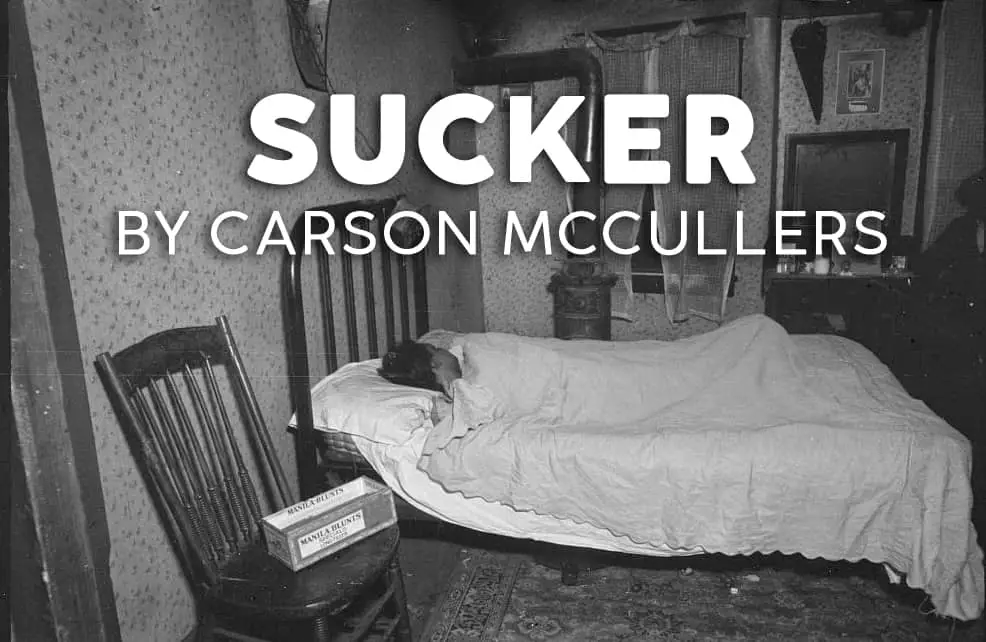-
Mercy Watson Thinks Like A Pig by Kate diCamillo Analysis
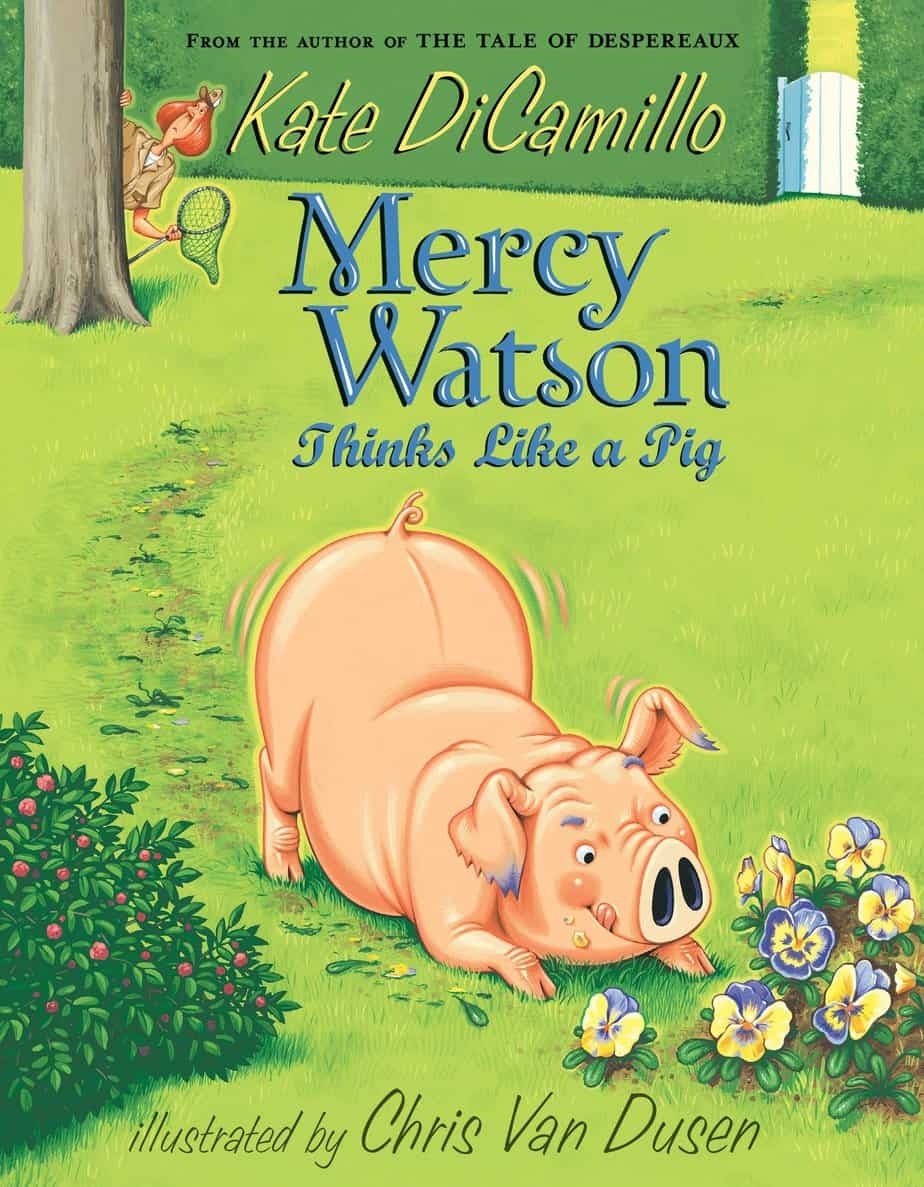
Kate diCamillo’s Mercy Watson series are genius examples of funny, endearing, broad-audience picture books. There’s so much to learn. Today I take a deep dive into Mercy Watson Thinks Like A Pig. Eugenia and Baby Lincoln may live next door to a pig, but that doesn’t stop them from living a gracious life. And the […]
-
Mercy Watson Fights Crime by Kate diCamillo Analysis
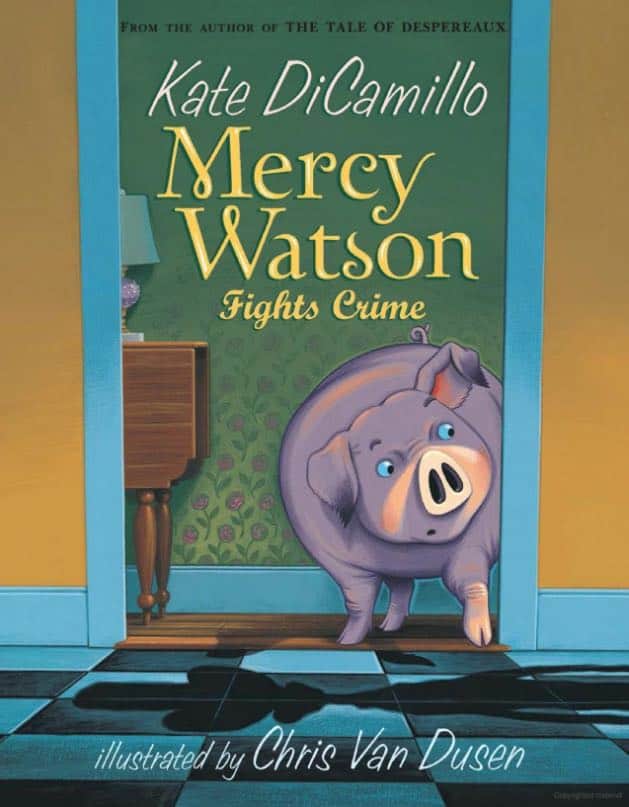
“Mercy Watson Fights Crime” is book number three in the Mercy Watson series by Kate diCamillo, first published 2006. This series is beautifully illustrated by Chris Van Dusen. SETTING OF MERCY WATSON FIGHTS CRIME Where in America is this series set? Based only on fictional representations, this feels Southern to me. (Do Americans get that? […]
-
A Good Man Is Hard To Find by Flannery O’Connor Short Story Analysis

“A Good Man Is Hard To Find” is a well-known short story by American writer Flannery O’Connor, published 1953. So much has already been said about this story — I will look into its structure from a plotting point of view. It’s also about time I read this story. Without reading Flannery O’Connor’s most famous […]
-
Court In The West Eighties by Carson McCullers Analysis
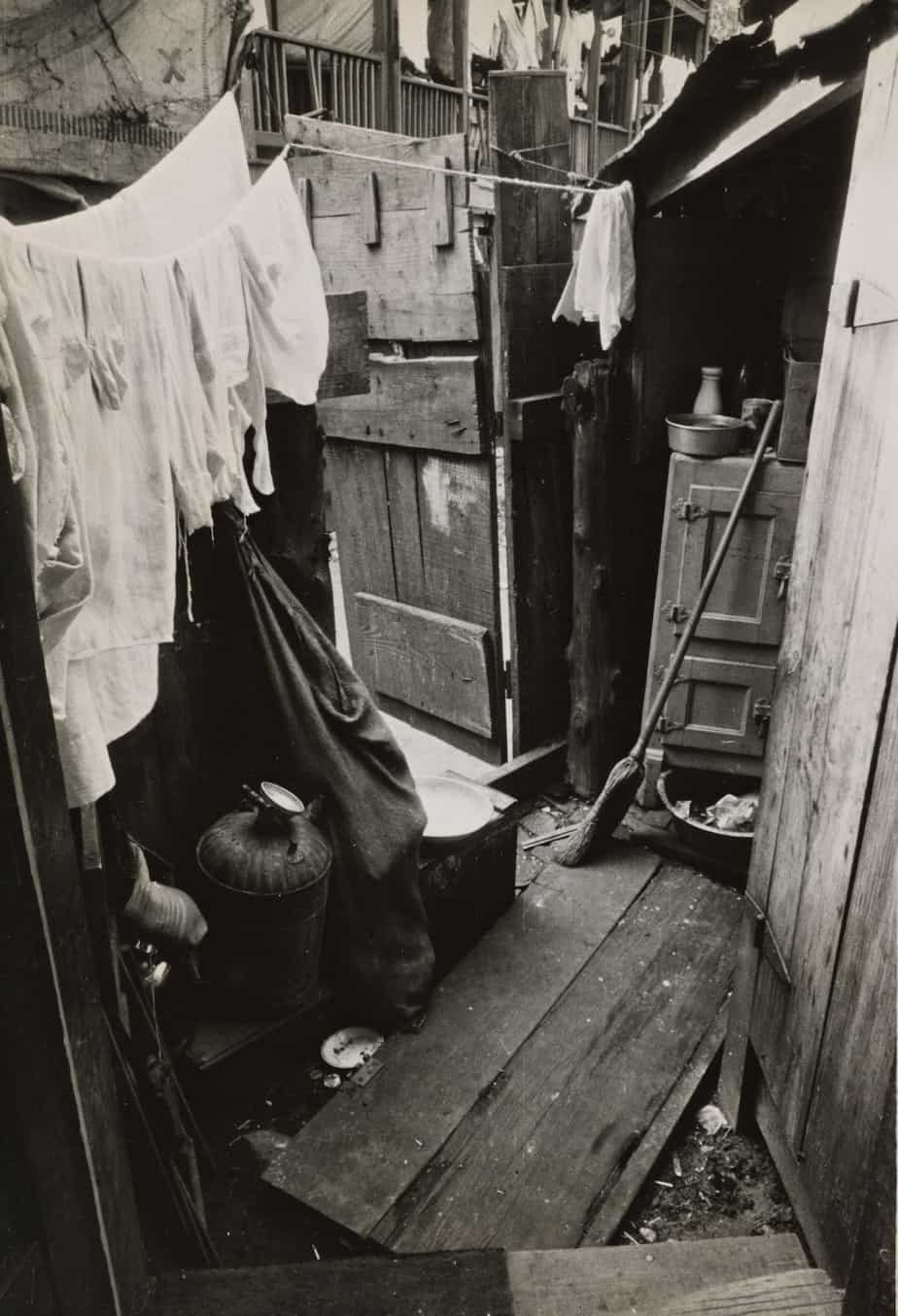
Have you ever lived in close quarters with strangers? Perhaps you went out of your way not to know these people, but in the name of etiquette rather than aloofness. There’s something discomfiting about living in a stranger’s pocket. Like commuters on a packed train, we avoid each other’s gaze. Failure to know our neighbours […]
-
A Country Where You Once Lived by Robin Black Analysis
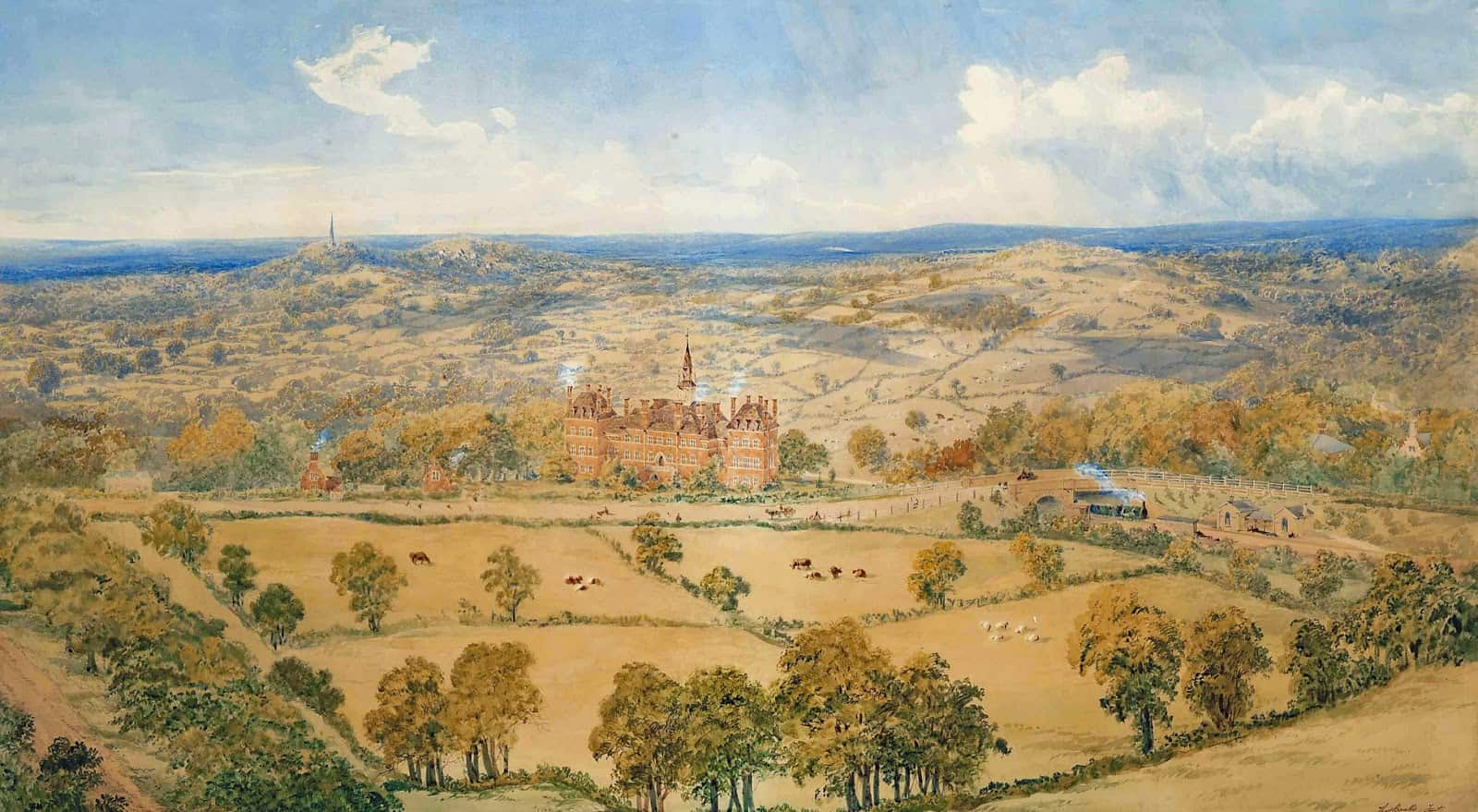
“A Country Where You Once Lived” by Robin Black (2010) is a great example of a short story in which the present story plays out alongside the backstory of a stand-out inflection point (“fulcrum”) which happened 13 years earlier. Two separate time periods merge into one. Whenever this happens in a story we are reminded […]
-
Pine a Short Story by Robin Black Analysis

“Pine” is a short story from a collection called If I Loved You, I Would Tell You This published 2010, written by Robin Black. This is a wonderful example of a contemporary story loosely based on an old fairytale—this time it’s Bluebeard. “Pine” is also an excellent example of a story which centres a homophone […]
-
Don’t Let The Pigeon Drive The Bus! by Mo Willems Analysis
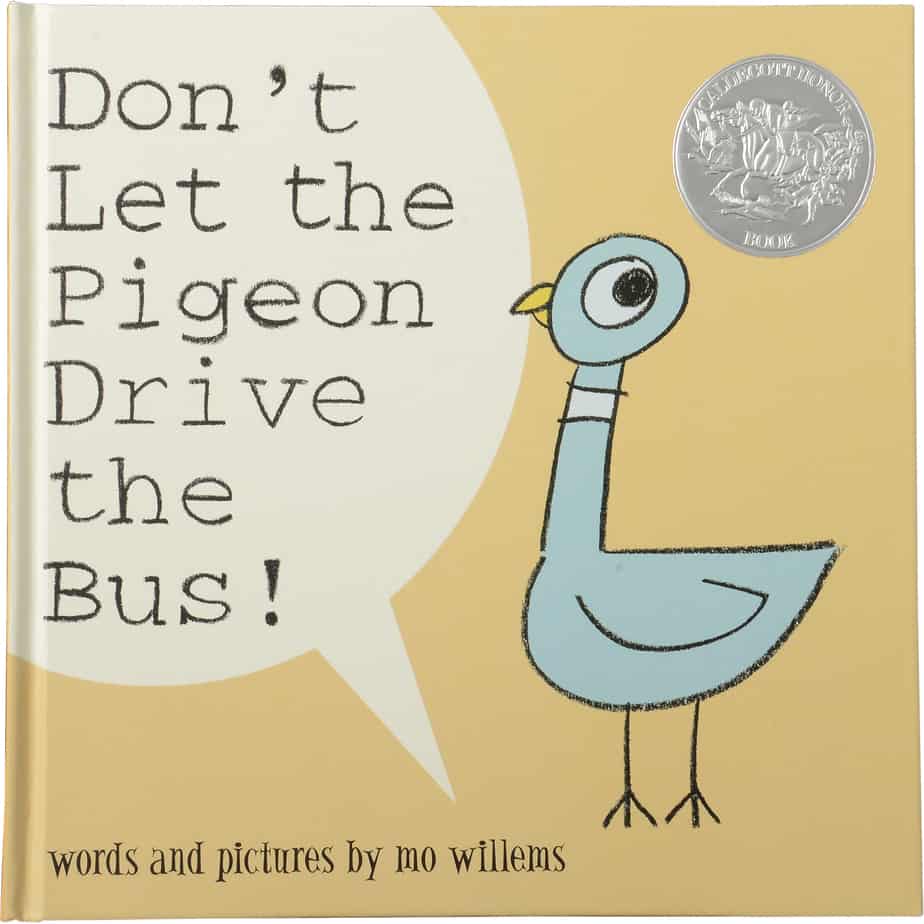
A comparison between Mo Willems’ Don’t Let The Pigeon Drive the Bus! and another from the same series, The Pigeon Wants A Puppy, highlights certain shared comedy writing techniques found in both. TECHNIQUES OF NOTE Directly addressing the young reader A main character who eventually tries to trick the reader A big struggle scene featuring […]
-
When You Reach Me by Rebecca Stead Novel Study
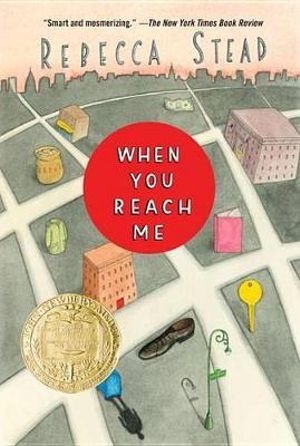
When You Reach Me by Rebecca Stead is ten years old now, published 2009. I’ve seen this middle grade novel described as magical realism, though for knotty political reasons we might prefer to call it fabulism. It is also science fiction and grounded in the real world. It packs a lot into 40k words. There […]
-
If I Loved You by Robin Black Short Story Analysis
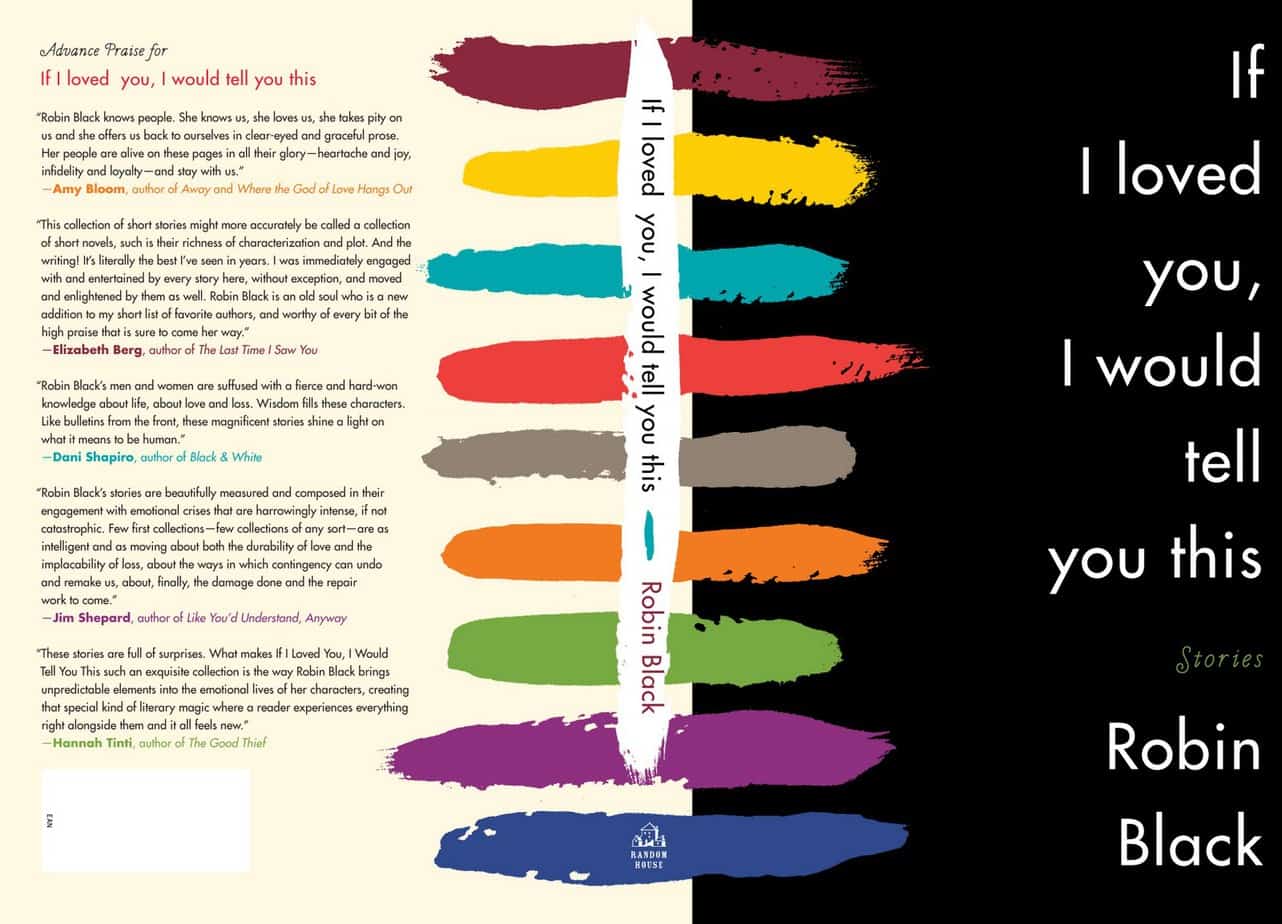
“If I Loved You” is a short story from a collection called If I Loved You, I Would Tell You This (2010), written by American author Robin Black. A woman dying of cancer writes an imaginary letter to her new neighbour, who has uncharitably built a fence along their boundary line. This fence prevents her […]
-
Hotels and Motels In Stories

Hotels and motels, it seems, are inherently scary. My theory is that they fall into the uncanny valley of attempting to emulate home without actually being our home. Hotels and motels mimic the dream version of home, like when you ‘know’ within a dream that you’re ‘at home’, but the dream home is nothing like […]
-
The Socially Aspiring Woman Comedy Trope
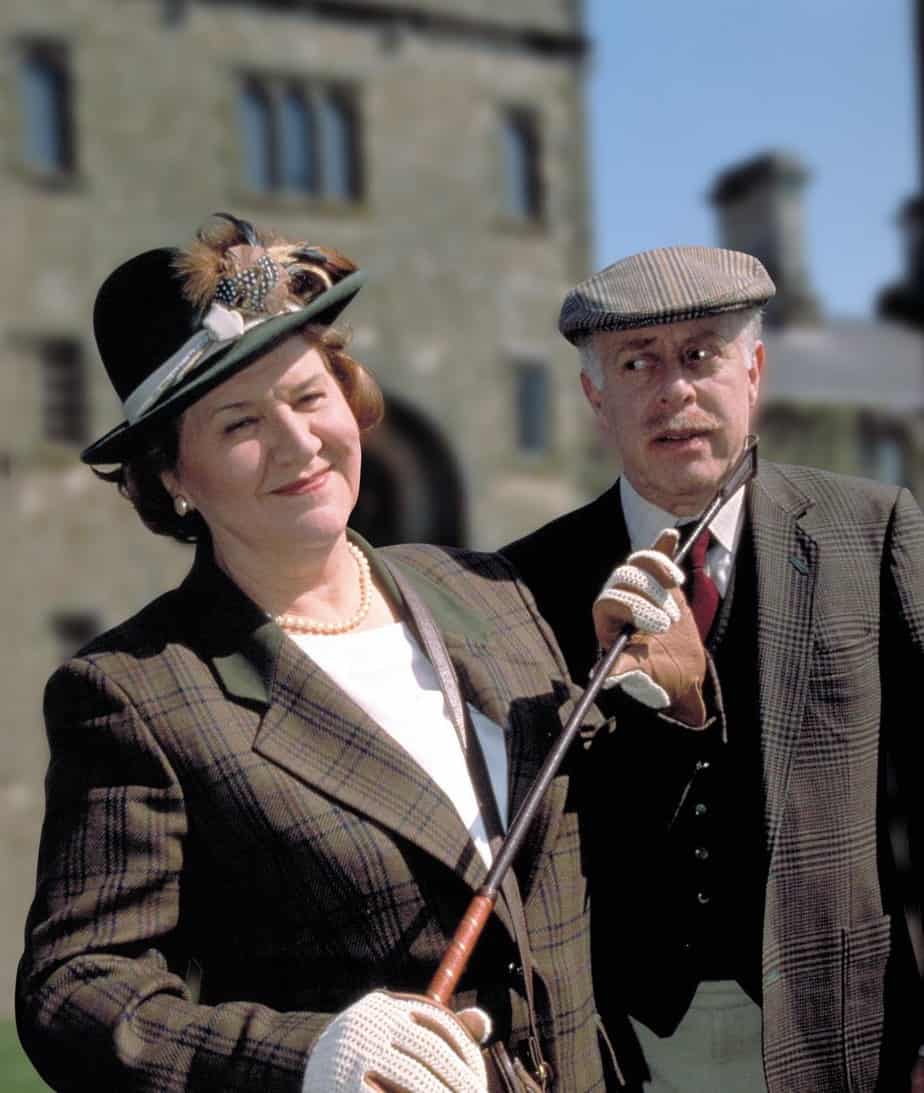
Recently the Woman’s Hour podcast talked about a gendered comedy trope which I’d never really noticed was gendered: the socially aspiring, snobbish female. Hyacinth Bucket is a standout example, along with: Linda Snell from The Archers Audrey fforbes-Hamilton from To The Manor Born Margo from The Good Life (Penelope Keith is especially good at playing […]
-
Pet Milk by Stuart Dybek Short Story Analysis

“Pet Milk” by Stuart Dybek first appeared in the August 1984 edition of the New Yorker. Jane Alison writes about “Pet Milk” in her chapter on spirals, in her book Meander, Spiral, Explode. “Pet Milk” is an example of a spiral structure. The structure of this story is part of its symbol web. The first half […]
-
Back For Christmas by John Collier Analysis
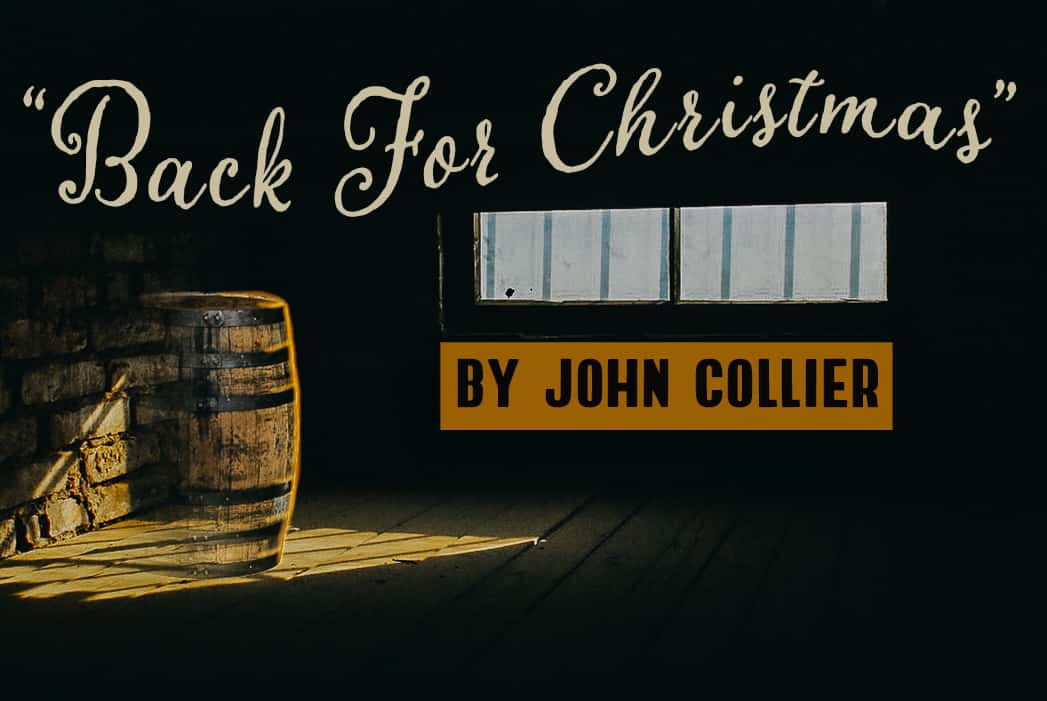
As soon as I read “Back For Christmas” by John Collier (1939) I thought of Roald Dahl. Sure enough, I google both names in a single search and learn that, for Dahl, among many other male writers, Collier is listed as a heavy influence. Credit where credit is due, though: Roald Dahl’s two most famous […]
-
Cumulative Plots and The Fifth Story by Clarice Lispector
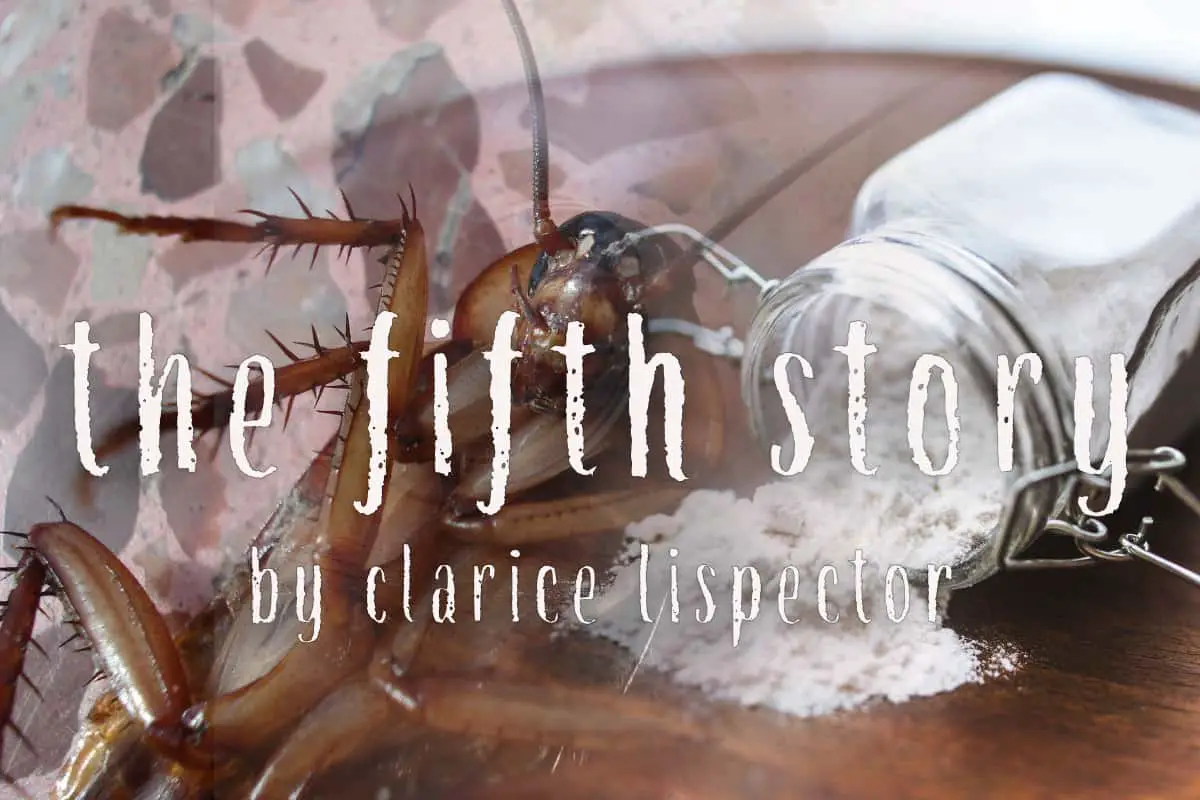
“The Fifth Story” (1964) is a work of microfiction by Ukraine-born Brazilian writer Clarice Lispector (1920-1977). I tend to analyse short stories by looking at their dramatic arc, but what of a story like this? Surely “The Fifth Story” does not fit traditional ideas of what makes a complete narrative. I also love when I read a […]
